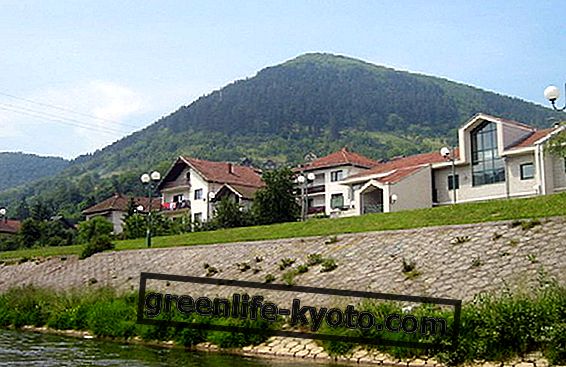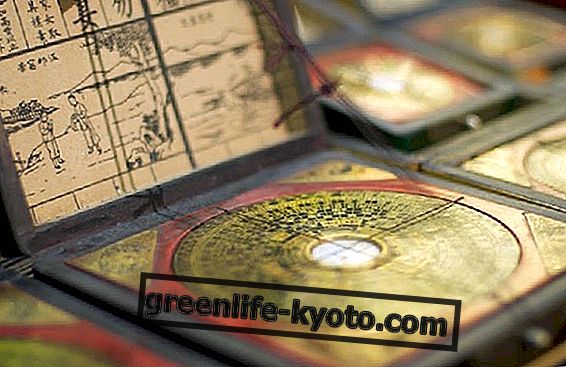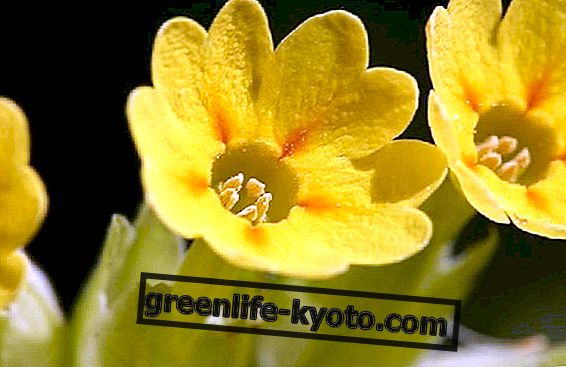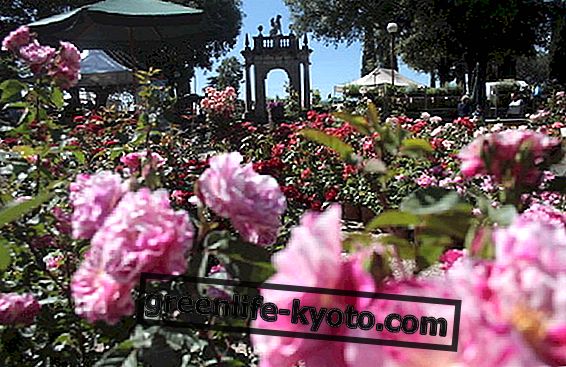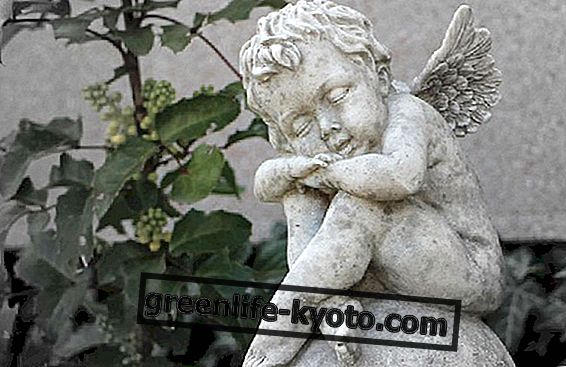
Currently, music therapy is becoming popular internationally for treating psychosomatic and neuropsychiatric diseases and disorders, however it is a therapeutic model that has its origins in ritual contexts that precede the scientific use of music as a healing tool.
A local example of traditional music therapy is tarantism, a choreutic-musical ritual with religious and therapeutic values that took place in Salento (southern Puglia) from the Middle Ages until the end of the 1950s.
Tarantism is a religious healing ritual called " musical exorcism " that allowed, through music and dances, to heal disorders caused by the bite of a poisonous spider.
The choreutic-musical healing ritual
The central element of the ritual is the tarantula, called taranta, a poisonous spider which, according to the local opinion, with its pinch can cause confusion, agitation, paroxysm and torpor.
The victims of the taranta were above all women dedicated to the harvesting of wheat and the consequence of the bite was the possession of the spirit of the spider .
The only effective cure against this form of possession was the intervention of a local orchestra composed of guitarist, violinist, tambourine player : the musicians arranged themselves around the woman lying on a sheet and intoned different pizzica melodies to "wake up" the tarantata with the correct one. At that moment the woman began to roll and twist on the ground in a convulsive dance that lasted several minutes, until the symbolic death of the spider that happened through the intercession of Saint Paul .
The culminating moment of the ritual took place during the night between 28 and 29 June, in the chapel of San Paolo in Galatina, in the province of Lecce. The tarantate went on pilgrimage to the Church accompanied by musicians as a sign of gratitude to the Saint for the grace received or to invoke it if it had not yet been granted.
Find out more about Salento pizzica
Anthropological reading of tarantism
Although tarantism has been reduced from medicine to a form of mental disorder, collective hysteria or female fiction and from the Church to a form of witchcraft, the phenomenon has been studied in depth by anthropology for its peculiar symbolic values and underlying meanings to this cultural expression.
The most famous study on tarantism dates back to 1959, when Ernesto de Martino went to Salento to do a research on the subject. On the field De Martino realized a series of elements that excluded the interpretation of tarantism in terms of disease or disorder : some areas were considered immune to the bite, the treatment was repeated every year on specific dates, the cases were almost exclusively female, and the age and kinship relationships of the tarantate had well-defined characteristics.
According to the interpretation of the anthropologist, the ritual was not so much aimed at curing the poison of the spider, but rather at expressing, through a performative act accepted culturally, a disagreement with the condition of subordination, poverty and social suffering to which they were subjected above all southern peasant women.
The contemporary revival of tarantism
The tarantism observed and described by Ernesto de Martino disappeared along with the economic and social situation of the time. The traditional peasant society is slowly fading away in an attempt to occupy other productive sectors, thus leaving space in the fields for new workers, in most cases migrants from other cultural traditions for which the poisonous spider does not possess the same symbolic value. The taranta does not "pinch" anymore.
However, the transformation of the southern context did not determine the complete dissolution of the ritual, but rather its revisiting . In fact, for about ten years, tarantism has risen under new remains that integrate the elements of Salento's cultural identity with the condition of the people of southern Italy today.
This process of recovery of the coreutico-musical elements of tarantism by municipalities, musical groups and associations, defined neotarantismo, is becoming a movement of cultural, social and ideological reappropriation that is arousing great public interest not only in the South but in the whole Country.
An event that marks an important moment in the process of cultural renaissance of tarantism was the concession of the Church of San Paolo to the Municipality of Galatina by the current owner, which took place in 2005.
Moreover, the Municipality of Galatina, in collaboration with Unesco, organizes an event with an emblematic name every year: " La Taranta is alive: the rhythm and beat of the tarantata pizzica ".
During the three-day event, you can relive this cultural tradition and re-signify it according to the cultural codes of a changing Italy, where the past is no longer perceived as pagan barbarism and backwardness, but as a symbol of the identity of a world which proudly resists cultural homologation.
To learn more about the relationship between tarantism and music therapy, we recommend reading the book "The Spider That Cures. Tarantism and music therapy between past and present ”(2007) by Costanza Pintimalli.

